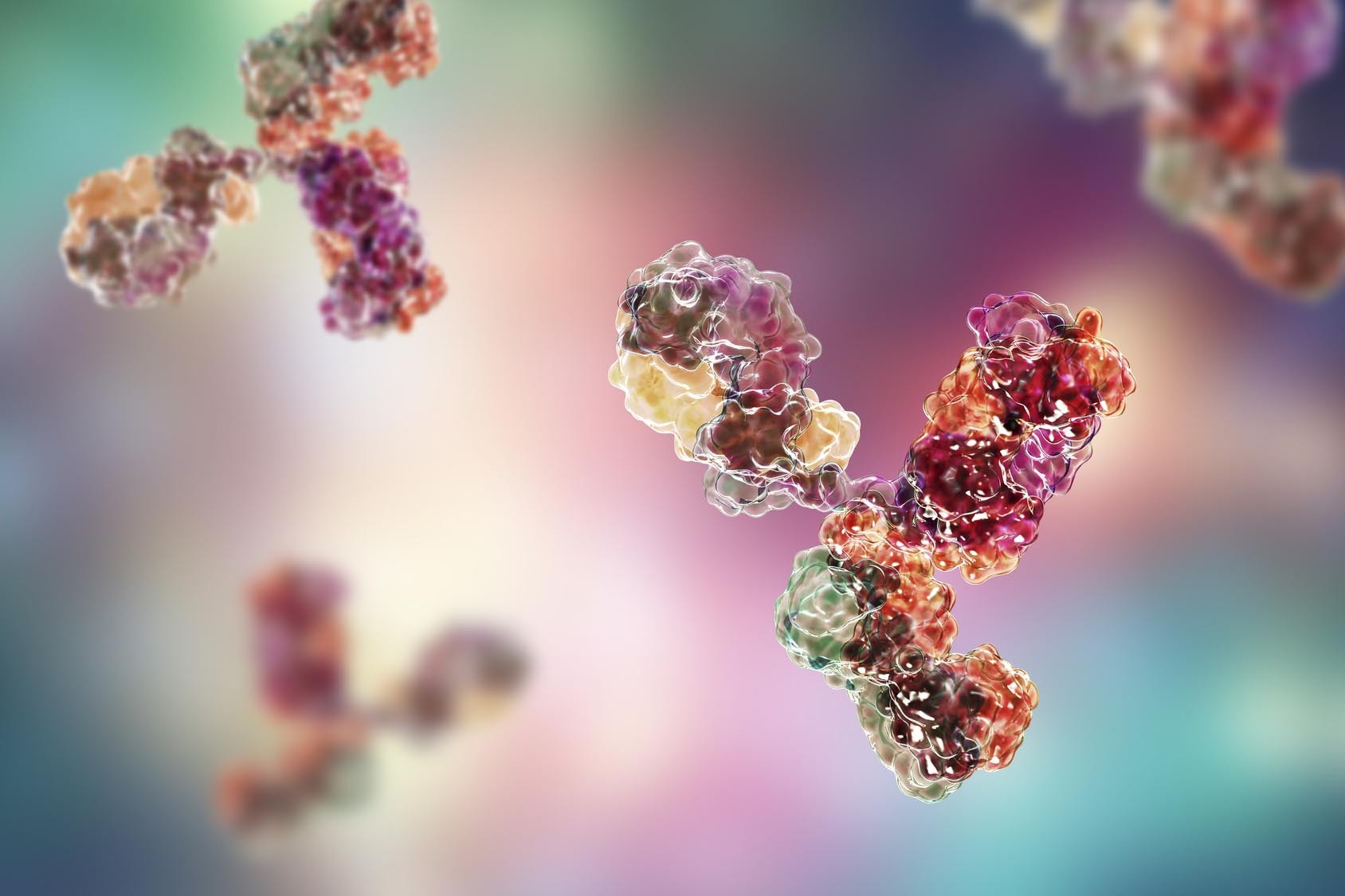
Lesch–Nyhan Syndrome is a rare genetic disorder that affects the body's ability to produce and recycle purines, which are essential building blocks of DNA and RNA. Caused by a deficiency of the enzyme hypoxanthine-guanine phosphoribosyltransferase (HPRT), this condition leads to severe physical and neurological symptoms. Individuals with Lesch–Nyhan Syndrome often exhibit self-mutilating behaviors, such as biting their lips and fingers, along with involuntary muscle movements and cognitive impairments. Diagnosed primarily in males, this syndrome is inherited in an X-linked recessive pattern. Understanding Lesch–Nyhan Syndrome can help families and caregivers provide better support and care for those affected. Here are 30 facts that shed light on this challenging condition.
What is Lesch–Nyhan Syndrome?
Lesch–Nyhan Syndrome (LNS) is a rare genetic disorder that affects how the body processes purines, which are building blocks of DNA. This condition leads to a variety of physical and neurological symptoms. Here are some intriguing facts about this syndrome.
-
LNS is caused by a mutation in the HPRT1 gene. This gene is responsible for producing an enzyme called hypoxanthine-guanine phosphoribosyltransferase (HPRT). Without this enzyme, purines build up in the body, leading to the symptoms of LNS.
-
It is an X-linked recessive disorder. This means that the gene mutation causing LNS is located on the X chromosome. Males are more frequently affected because they have only one X chromosome, while females have two.
-
LNS primarily affects males. Females can be carriers of the gene mutation but usually do not show symptoms due to the presence of a second, normal X chromosome.
Symptoms of Lesch–Nyhan Syndrome
The symptoms of LNS can be severe and affect multiple systems in the body. Understanding these symptoms can help in early diagnosis and management.
-
Self-mutilating behaviors are a hallmark of LNS. Individuals with LNS often bite their lips, fingers, and other body parts, causing significant injury.
-
Neurological symptoms include muscle stiffness and involuntary movements. These symptoms are similar to those seen in cerebral palsy and can severely impact mobility.
-
Kidney stones are common in individuals with LNS. The buildup of uric acid in the body can lead to the formation of painful kidney stones.
-
Developmental delays are often observed. Children with LNS may experience delays in reaching milestones such as sitting, crawling, and walking.
Diagnosis and Testing
Early diagnosis of LNS is crucial for managing symptoms and improving quality of life. Here are some key facts about how LNS is diagnosed.
-
Genetic testing can confirm the diagnosis. A blood test can identify mutations in the HPRT1 gene, providing a definitive diagnosis.
-
Uric acid levels in the blood and urine are often elevated. High levels of uric acid can be a clue that a child has LNS.
-
Prenatal testing is available for at-risk pregnancies. If there is a family history of LNS, prenatal testing can determine if the fetus has the gene mutation.
Treatment and Management
While there is no cure for LNS, various treatments can help manage the symptoms and improve the quality of life for those affected.
-
Medications can help control uric acid levels. Allopurinol is commonly prescribed to reduce uric acid production and prevent kidney stones.
-
Behavioral therapies can address self-mutilating behaviors. Techniques such as positive reinforcement and protective devices can help reduce injury.
-
Physical therapy can improve mobility. Regular physical therapy sessions can help manage muscle stiffness and improve motor skills.
-
Supportive care is essential. This includes a multidisciplinary approach involving neurologists, geneticists, and other specialists to address the various symptoms of LNS.
Research and Future Directions
Ongoing research aims to better understand LNS and develop new treatments. Here are some exciting developments in the field.
-
Gene therapy is being explored as a potential treatment. Researchers are investigating ways to correct the genetic mutation that causes LNS.
-
Animal models are used to study LNS. These models help scientists understand the disease mechanism and test new treatments.
-
Clinical trials are ongoing. New medications and therapies are being tested to improve the management of LNS symptoms.
Living with Lesch–Nyhan Syndrome
Living with LNS can be challenging, but with the right support and care, individuals can lead fulfilling lives. Here are some important considerations.
-
Support groups can provide emotional support. Connecting with others who have LNS or care for someone with LNS can be incredibly helpful.
-
Educational accommodations may be necessary. Children with LNS may require special education services to support their learning.
-
Regular medical check-ups are crucial. Ongoing monitoring by healthcare professionals can help manage symptoms and prevent complications.
-
Family support is vital. Families play a crucial role in the care and well-being of individuals with LNS.
Interesting Historical Facts
The history of LNS provides insight into how our understanding of the disorder has evolved over time.
-
LNS was first described in 1964. Dr. Michael Lesch and Dr. William Nyhan identified the syndrome, leading to its name.
-
The discovery of the HPRT1 gene mutation was a significant milestone. This discovery has paved the way for genetic testing and research into potential treatments.
-
LNS has contributed to our understanding of purine metabolism. Studying this disorder has provided valuable insights into how the body processes purines and the consequences of metabolic imbalances.
Notable Cases and Awareness
Raising awareness about LNS can help improve diagnosis and support for those affected. Here are some notable cases and efforts to raise awareness.
-
Public figures have helped raise awareness. Some celebrities and public figures have shared their experiences with LNS, bringing attention to the disorder.
-
Awareness campaigns are held annually. These campaigns aim to educate the public about LNS and support research efforts.
-
Documentaries and media coverage have highlighted LNS. Various media outlets have produced documentaries and articles to shed light on the challenges faced by individuals with LNS.
Support and Resources
Numerous organizations and resources are available to support individuals with LNS and their families. Here are some key resources.
-
The Lesch–Nyhan Syndrome Children's Research Foundation. This organization funds research and provides support for families affected by LNS.
-
Genetic counseling services. These services can help families understand the genetic aspects of LNS and make informed decisions.
-
Online communities and forums. These platforms provide a space for individuals with LNS and their families to connect, share experiences, and offer support.
Final Thoughts on Lesch–Nyhan Syndrome
Lesch–Nyhan Syndrome, a rare genetic disorder, profoundly impacts those affected. Understanding its symptoms, causes, and treatments can help provide better care and support. This condition, marked by self-mutilation, neurological issues, and kidney problems, stems from a deficiency in the HPRT enzyme. While there's no cure, treatments focus on managing symptoms and improving quality of life. Early diagnosis and intervention can make a significant difference. Families and caregivers play a crucial role in providing the necessary support and care. Raising awareness about Lesch–Nyhan Syndrome can lead to better resources and research, ultimately improving the lives of those affected. By staying informed and advocating for those with this condition, we can contribute to a more compassionate and understanding world.
Was this page helpful?
Our commitment to delivering trustworthy and engaging content is at the heart of what we do. Each fact on our site is contributed by real users like you, bringing a wealth of diverse insights and information. To ensure the highest standards of accuracy and reliability, our dedicated editors meticulously review each submission. This process guarantees that the facts we share are not only fascinating but also credible. Trust in our commitment to quality and authenticity as you explore and learn with us.


